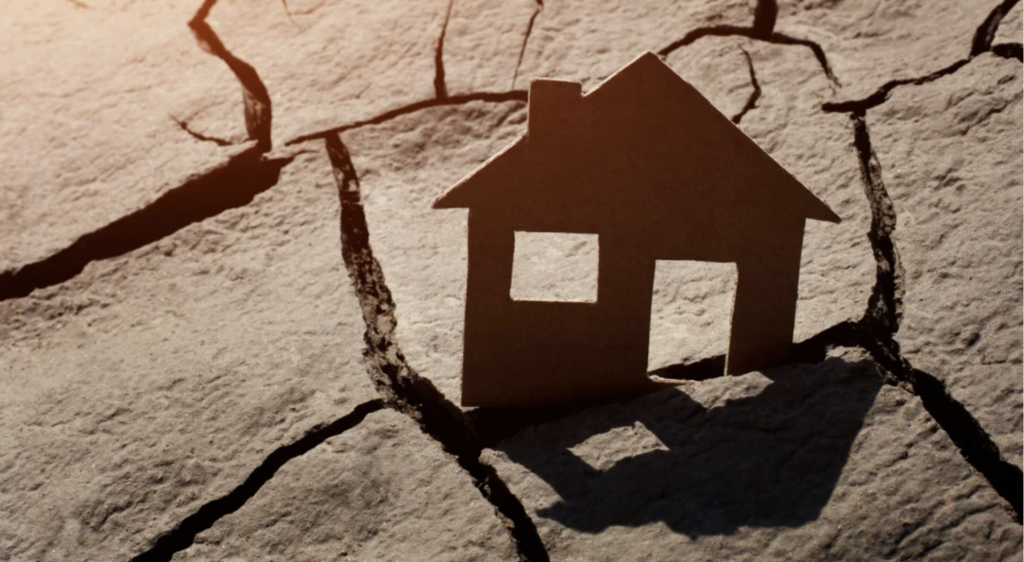
The stereotypical image of a ‘homeless person’ needs dastric revision. In recent years the vast majority of homeless people have been women (and children) escaping domestic and family violence, or relationship breakdowns, leaving them financially vulnerable and facing insecure housing arrangements.
Now, the housing crisis is driving surging demand for homelessness services. Families are living in cars, and emergency accommodation. And more to come, when the fixed interest mortgage rates come to an end and people face further financial crisis.
Article on Homelessness Australia website, August 4, 2023
A new analysis reveals surging demand for homelessness services as record low rental vacancies and soaring prices push thousands of Australian families to the brink.
The Overstretched and overwhelmed: the strain on homelessness services report was prepared to mark the start of Homelessness Week. It cross-references Australian Institute of Health and Welfare data against service costs as outlined in the Productivity Commission Report on Government Services to reveal that an additional $450 million in homelessness support is needed to respond to new people needing homelessness assistance and people currently being turned away.
Between December and March, the number of people seeking homelessness assistance spiked 7.5 per cent, an extra 6,658 clients.
The overwhelming bulk of that need came from people seeking homelessness help because of financial stress and the housing crisis. Of the 95,767 people seeking assistance in March 2023, 83 per cent of them (79,244) needed help due to issues with their housing or financial stress.
Queensland saw the biggest increase in homelessness service use followed by Western Australia and NSW.
People seeking homelessness assistance in Victoria (highest in the country)
December 2022 31,088
March 2023. 32,733 (up 5.3%)
(compared to next highest: NSW December 2022 – 22,432; March 2023 – 24,730. Up 10.2%)
The report also highlights the impact of the housing crisis on women and children, with women and children making up 74% of all people using homelessness services. Of those turned away from homelessness services because they lacked the resources to assist, 80% were women and children and 31% were children under 18.
The report finds that if the current surge in demand continues, it will equate to an annual increase in demand equivalent to an additional 19,974 people. When combined with the 71,962 people currently turned away from homelessness services each year this adds up to 91,936 extra people needing support. The cost of funding this support is approximately $451 million.
The surge in demand was making it harder to assist people confronting homelessness.
A 7.5% increase in demand in just four months is unheard of. It forces homelessness services to make extremely tough decisions about who gets assistance.
Support services are triaging based on people’s vulnerability and need, but the reality is highly vulnerable people are being turned away because services simply have too few staff and other support resources. When you annualise this demand and add it to the existing people turned away we are looking at a funding shortfall of more than $450 million. This is just one terrible side effect of the worst housing crisis in living memory.
The bulk of increased demand comes from women and children, many of whom are fleeing violence. It is beyond comprehension that we have to turn people away, especially in winter.
The Federal Government has recently committed to new resources for social housing which is welcome, but while the housing crisis continues to drive increased homelessness, a significant funding boost is needed to cope with this unprecedented surge in demand. Australia has the means to end homelessness, we just need the will.
Homelessness Australia CEO, Kate Colvin
See also How the face of poverty in Australia is changing amid housing crisis